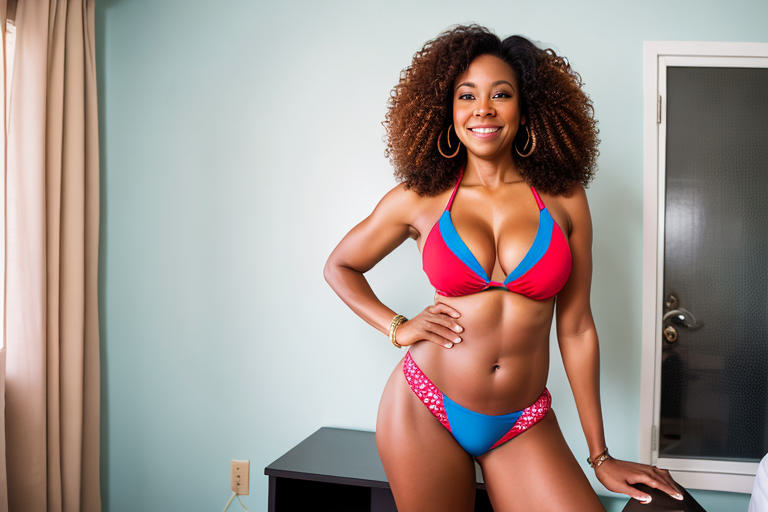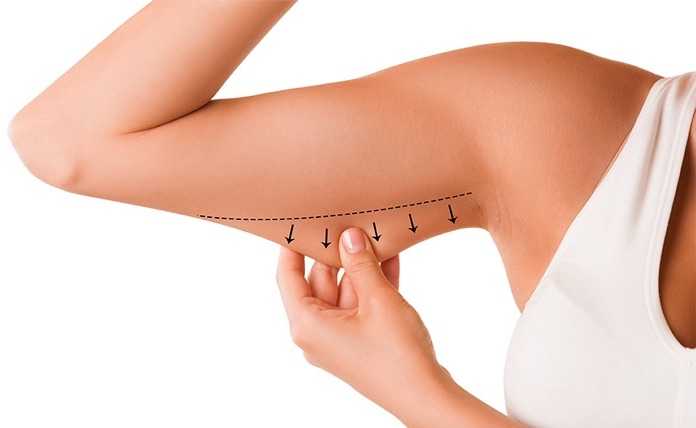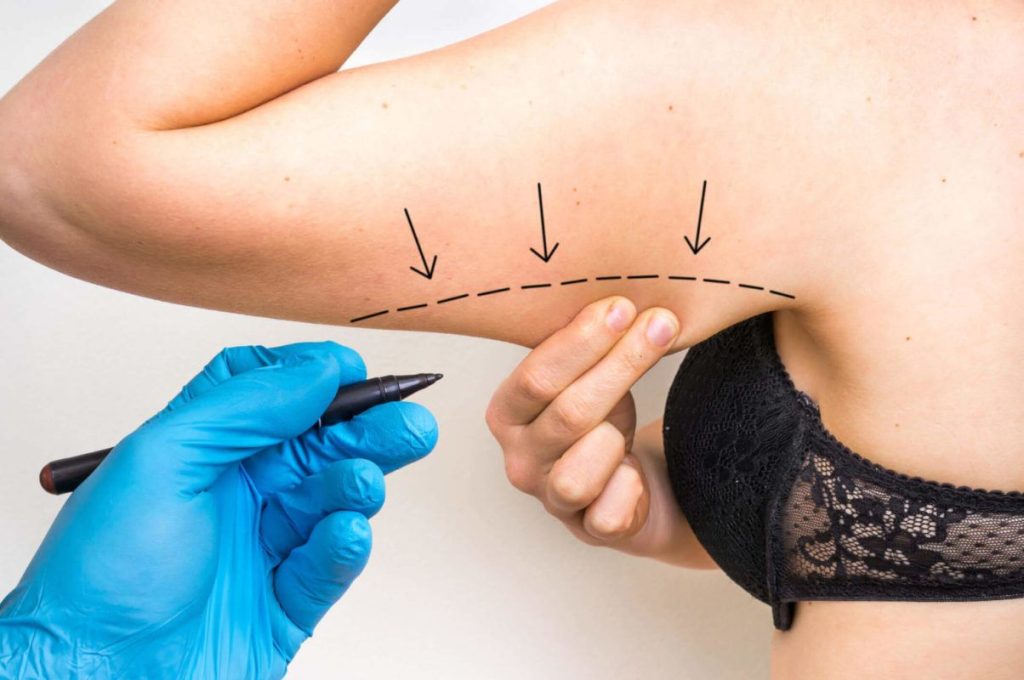Back liposuction emerges as a transformative procedure for those seeking a contoured, streamlined silhouette. This targeted method efficiently eradicates stubborn fat deposits from the back area, enhancing body shape and boosting self-confidence. With precision and care, back liposuction tailors to individual needs, ensuring outcomes align with personal aesthetic goals. As we delve into the intricacies of this cosmetic solution, understand its impact on your wellness journey.
Understanding the Liposuction Surgery Process
Liposuction Techniques
Liposuction is a surgical procedure to remove unwanted fat. For back liposuction, specific techniques are effective. These include tumescent liposuction, where a solution swells the fat, making it easier to remove. Another method is ultrasound-assisted liposuction (UAL), which uses sound waves to liquefy fat before removal.
Doctors choose the technique based on your needs. Tumescent liposuction is common and less invasive. UAL might be chosen for denser areas of fat or larger volumes.
Anesthesia Options
During back liposuction, you will receive anesthesia. The options include local anesthesia or general anesthesia. Local anesthesia numbs only the surgery area while you’re awake. General anesthesia puts you completely asleep during the procedure.
Your safety and comfort guide this choice. For smaller areas, local may suffice; for extensive work, general is often necessary.
Surgery Duration
The duration of back liposuction varies with each case but typically lasts one to three hours.
-
Preparation: cleaning and marking target areas.
-
Anesthesia administration: ensuring comfort throughout.
-
Fat removal: using selected techniques like tumescent or UAL.
-
Closing up: suturing any incisions made during surgery.
Each step takes time and care by medical professionals who prioritize your health above all else.
Preparing for Your Liposuction Procedure
Medical Tests
Before undergoing back liposuction, certain medical tests are essential. These tests ensure you’re fit for surgery.
Doctors will require blood work to check your health status. They may also ask for a cardiac evaluation, depending on your age and health history. It’s crucial to complete these tests promptly. They help prevent complications during the procedure.
Diet and Medication
Your surgeon will give specific instructions on eating, drinking, and medication use before liposuction.
You’ll likely need to fast for several hours prior to surgery. This reduces risks while under anesthesia. Also, some medications can increase bleeding risk. Your doctor might tell you to stop taking them beforehand.
Avoiding alcohol and quitting smoking is often advised too. Both can affect healing times after the operation.
Support Arrangements
After liposuction, it’s important not to do too much too soon.
Arrange someone who can drive you home post-surgery as driving yourself won’t be safe or possible due to the effects of anesthesia. It’s wise to have a support system in place at home as well. You may need help with daily activities initially. Having friends or family around can make recovery smoother and more comfortable.
Choosing the Right Plastic Surgeon for Liposuction
Board Certification
Board certification is a must when choosing a plastic surgeon. This ensures your doctor has the proper training to perform back liposuction safely. Look for surgeons certified by reputable organizations.
Certified doctors are skilled in creating a better body contour while maintaining skin health. They understand how weight and body shape play into results.
Surgeon Experience
Experience matters greatly with back liposuction. Ask potential surgeons about their experience specifically with this procedure. Experienced plastic surgeons have performed plenty of successful surgeries and can handle various body types.
During consultation, discuss their approach to achieving the look you desire. An experienced doctor will provide clear expectations.
Patient Reviews
Patient reviews give insight into real experiences with the surgeon’s work on many people. Positive feedback often means good outcomes and satisfaction with care provided.
Before-and-after photos show actual results from previous patients, offering visual proof of skill level.
Managing Pain and Promoting Healing Post-Procedure
Pain Relief
After back liposuction, patients may experience pain. Providers often prescribe pain medication to manage this discomfort. The type of anesthesia used during the procedure can also impact post-operative soreness.
Patients should expect some level of soreness after treatment. However, effective pain relief is achievable through prescribed medications or over-the-counter options. It’s important for patients to follow their provider’s advice on medication use.
Compression Garments
Wearing a compression garment is crucial for recovery. These garments aid in reducing swelling and bruising, which are common after liposuction.
The right garment supports the healing process by applying steady pressure to the treated area. This helps tissues heal properly and can improve outcomes.
Healing Signs
Normal healing involves certain levels of discomfort, such as:
-
Soreness
-
Bruising
-
Swelling
If these symptoms worsen or persist beyond the expected timeframe, it’s essential to contact your healthcare provider or reach out to a nurse advice line immediately.
On the other hand, signs that indicate good healing include gradual reduction in swelling and lessening pain over time. Patients should keep an eye on their recovery process and stay in touch with their treatment team if they have concerns about how they feel or changes in symptoms.
Stages of Recovery and Home Care Essentials
Initial Rest
After back liposuction, rest is crucial. The first few days are for recovery. Patients should limit movement to promote healing. Gradually, light activities can resume.
Most people take a week off work. Full activity may take several weeks. Listen to your body during this time.
Activity Resumption
Resuming normal life happens in stages. Start with short walks around the house. This prevents blood clots and aids circulation.
By the second week, you might do more, like simple chores. Always follow doctor’s advice on when to return to regular exercise.
Home Supplies
Post-surgery care at home requires certain supplies:
-
Compression garments help reduce swelling.
-
Over-the-counter pain medication manages discomfort.
-
Antiseptic wipes keep incisions clean.
These items aid in a smooth recovery process.
Progress Monitoring
Regular check-ups track healing after surgery. The surgeon will schedule these appointments before leaving the hospital.
They assess the treatment area and overall health status. It’s essential not to miss these visits for optimal recovery outcomes.
Physical Activity and Diet Tips for Optimal Healing
Safe Exercises
After back liposuction, it’s crucial to gradually reintroduce activity. Walking is a safe choice. It boosts circulation without straining your back. Start with short walks around the house.
As healing progresses, increase walking time slowly. Always follow your doctor’s exercise instructions carefully.
Nutritional Advice
A healthy diet aids recovery after back liposuction. Include foods rich in vitamins and proteins that support tissue repair.
Avoid salty foods as they can cause swelling. Instead, eat plenty of fruits, vegetables, and lean meats.

Hydration Importance
Drinking water is key during recovery from back liposuction. It helps reduce swelling and flushes out toxins.
Aim for at least eight glasses of water daily to stay well-hydrated.
Hygiene and Incision Care During Recovery
Showering Safely
After back liposuction, showering is crucial for hygiene. However, it’s vital to keep incisions dry to prevent infection. Patients may shower 48 hours post-surgery but must avoid direct water pressure on the wounds. Use a gentle soap around the area without scrubbing.
To protect incisions, cover them with waterproof dressings before showering. Pat the area dry immediately after with a clean towel or cloth. Do not soak in baths or pools until your doctor approves.
Infection Signs
Monitoring incision sites for signs of infection is critical during recovery from back liposuction. Look out for increased redness, swelling, warmth, or discharge from the wound site; these can signal an infection.
If you notice any unusual changes or experience fever and chills, contact your healthcare provider promptly. Early detection helps manage potential complications effectively.
Applying Treatments
Topical treatments prescribed by your surgeon aid healing and reduce infection risks at incision sites post-back liposuction surgery. Apply ointments as directed using clean hands or sterile applicators.
Follow instructions carefully regarding dosage and frequency of application to promote optimal healing outcomes.
When to Seek Help During Liposuction Recovery
Immediate Attention
After back liposuction, it’s crucial to know when you need help. Some symptoms are serious and require immediate medical attention. Look for signs like excessive bleeding, severe pain not relieved by medication, or a high fever. These could indicate complications such as infection or hemorrhage.
If you notice skin changes around the incision site, like blue or black discoloration, contact your doctor right away. This could signal tissue damage. Also, be alert for difficulty breathing or chest pain; these may suggest a pulmonary issue.
Normal vs Serious
Understanding what’s normal during recovery helps manage expectations and reduces anxiety. Common side effects include bruising, swelling, and discomfort at the surgery site. These should improve with time.
However, if you experience persistent numbness beyond the expected period or drainage from incisions that smells bad or looks cloudy, seek advice immediately as these could be signs of nerve damage or infection.
Post-Op Check-Ups
Scheduled follow-ups after back liposuction are non-negotiable for a safe recovery process. They allow your surgeon to monitor healing and spot any early signs of trouble.
Missing appointments might delay identifying issues that can escalate into serious complications without prompt treatment. Always adhere strictly to your post-op check-up schedule.
Regular communication with healthcare providers ensures support throughout recovery from back liposuction procedures.
Summary
Back liposuction offers a transformative journey for those seeking body contouring, and understanding the intricacies of this procedure is key to achieving desired outcomes. From selecting a qualified plastic surgeon to following through with comprehensive post-operative care, each step is pivotal. The healing process, underscored by diligent home care and lifestyle adjustments, is as crucial as the surgery itself. Patients must be vigilant in incision care, pain management, and engaging in physical activities that foster optimal recovery without compromising results.
The decision to undergo back liposuction should be made with thorough research and professional guidance. Those considering this procedure are encouraged to consult with board-certified surgeons who can provide personalized insights and expectations tailored to individual needs. As you contemplate this life-changing step, remember that informed choices pave the way for satisfying results. Take action towards your aesthetic goals; reach out to a trusted specialist today.
Frequently Asked Questions
What is involved in the liposuction surgery process for the back?
Liposuction involves removing excess fat through small incisions, using a cannula and vacuum.
How should I prepare for a back liposuction procedure?
Preparation includes following your surgeon’s advice on diet, medication adjustments, and arranging post-procedure support.
How do I choose the right plastic surgeon for back liposuction?
Select a board-certified plastic surgeon with experience in back liposuction and positive patient reviews.
What can I expect regarding pain management after my liposuction surgery?
Expect prescribed pain relief methods and guidelines from your doctor to manage discomfort post-surgery.
What are essential home care tips during recovery from back liposuction?
Home care essentials include rest, wearing compression garments, and avoiding strenuous activities as recommended by your doctor.
Can you provide diet tips to aid healing after back liposuction?
Consume a balanced diet rich in proteins, vitamins, and hydration to support optimal healing. Avoid processed foods high in sodium or sugar.
When should I seek medical help during my recovery from back liposuction?
Seek immediate medical attention if you experience signs of infection, severe pain unmanaged by medication, or unusual swelling.




















